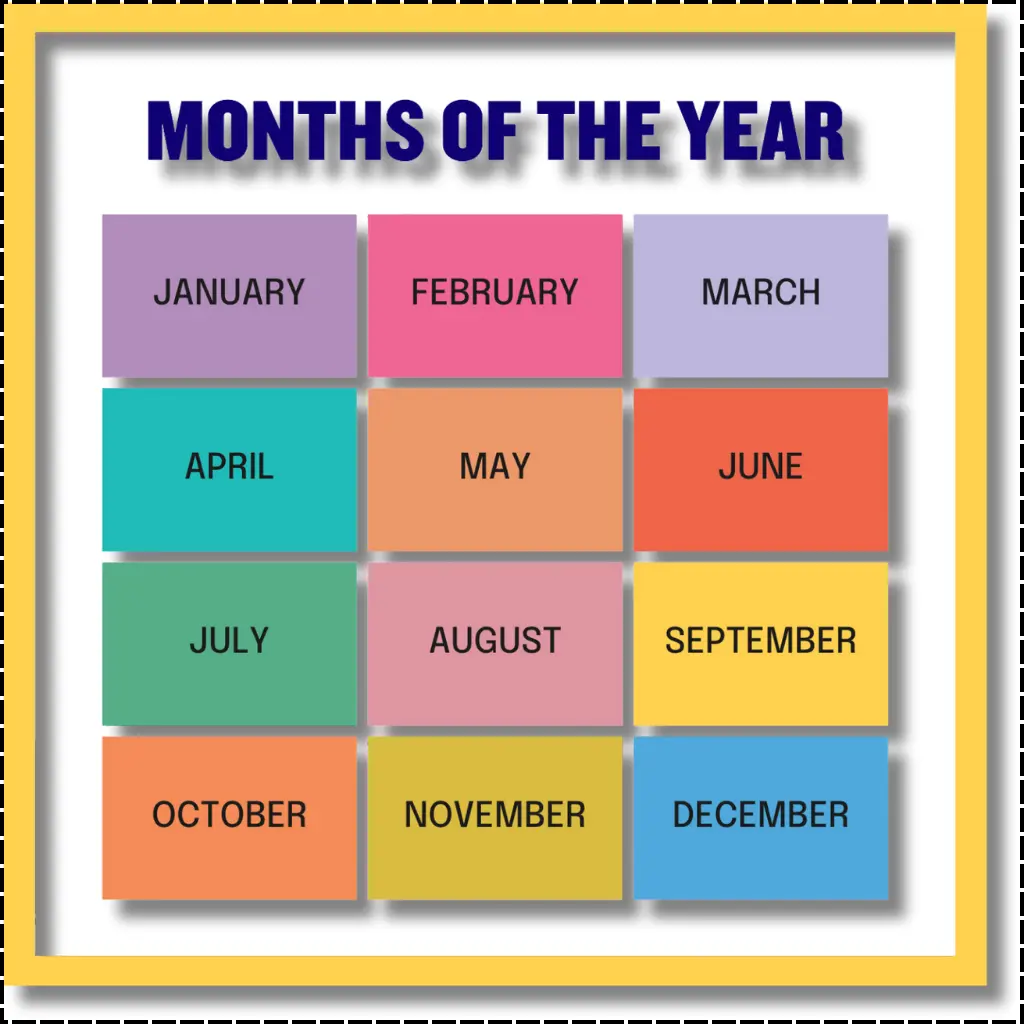Months in Order by month 2024 | 12 Months in Order
According to modern calendar, there are 12 months in one year. Each month has either 30 or 31 days; February has either 28 or 29 depending on whether it is a leap year. There is a popular rhyme used for memorizing this fact which goes as follows: ‘September April June November have 30 days each; … Read more




